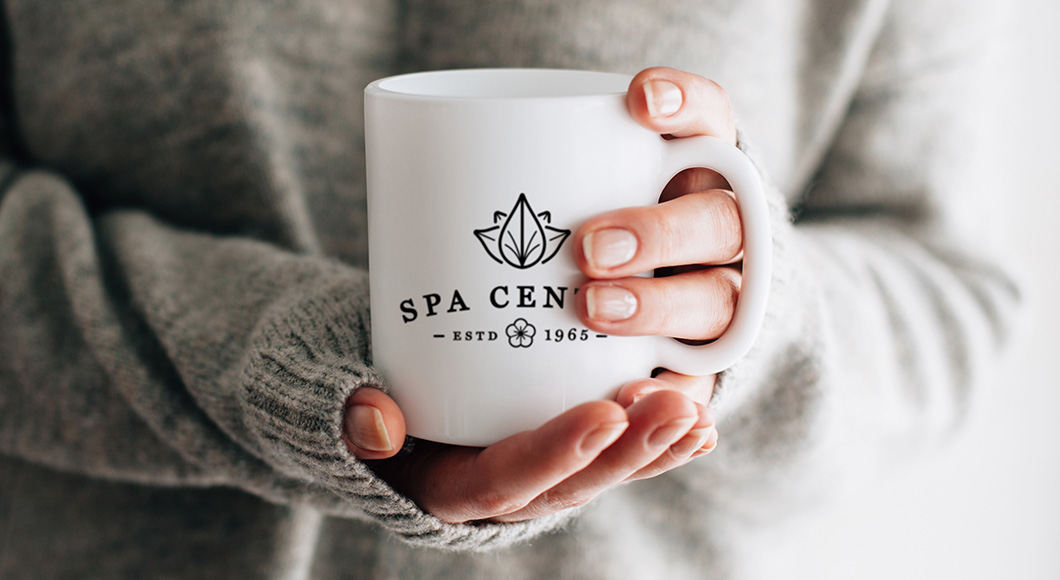
A high-quality logo is essential for any company that is looking to establish their own brand. However, not everyone is secretly moonlighting as a digital artist, and navigating the world of color gradients, DPI qualifiers, and line art can be daunting for even the most entrepreneurial of business owners. That’s why we’ve put together this guide to designing the perfect logo with simple tips for printing your logo on products.
Shout out: Special thanks to our Pens.com artwork expert, Fiona McEvoy, for answering our questions to help create this beginner-friendly guide to logo creation.
If you don’t have a logo yet, or you have an idea for one but don’t have it created digitally, your first step is finding a beginner-friendly place for creating an image. While most professional designers will use high-end software like Adobe Photoshop or Illustrator, there are a lot of free and low-cost options available as well. Here are a few options that our experts recommend:
When creating text-based logos, you can also use free sites like Dafont to find the best text type that matches the tone of your branding. Just remember, for printing your company logo onto products, avoid fonts that are too thin or too thick and blocky for the best printing results.
When creating your logo, you want to make something simple, so it can be used just about anywhere for your own branding, yet unique enough that it can be easily recognized as a representation of your business. Obviously, this is easier said than done, and you’ll want to take your time refining your design when creating your logo. Here are a few tips to help you create something easy to use and easy to recognize:
When creating a logo, you want to make something that can be easily uploaded for imprints and other places for your branding. Thankfully, you can use most popular file types when uploading your artwork to Pens.com. According to our experts, some of the common file types you can upload include .jpg, .jpeg, .bmp, .png, .heic, .tiff, .tif, .ai, .ppt, .pptx, .doc, .docx, .pdf, .eps, .psd, and .svg.
Vector files, like svg., ai., and .eps, are recommended, and can be easily saved as other image types when needed for things like website customization, adding to documents, and more.
Vector images are images that use points and equations for each line, as opposed to tracking each individual pixel. The difference is that when you try to resize or alter a vector image, the image adjusts to keep your resolution smooth and crisp.
Raster images, on the other hand, are difficult to resize and alter because each pixel has its own color and definition, and the image will become blurry when you try to make it bigger. This is why vector format is the best file type for logos, at least when you first create them. This way, you can easily adapt your image to be used in different places. This will be especially important for printing your logo on merchandise, because it will allow for your design to be resized on various products—whether it’s on the barrel of a pen or on the large front panel of a tote bag.
If you have an image you want to use, but the resolution is giving you blurry results, you can increase the resolution with a little creativity. One way is to use online image creators, like the free ones listed above, to upload and refine your image. Then you can re-save it at a higher resolution. There are also specialized apps and software that can do the job for you. Not sure what resolution you need? Here is our guide:
DPI means “dots per inch” and refers to how crisp your image will be when printed out on paper (note, this is not the size of the image.) On your computer, that number will translate to pixels per square inch. The higher your DPI, the more dots or pixels per square inch you get, giving you a higher resolution and crisper image.
Still not sure how to get your image to the resolution you want? Reach out to our Customer Care Team so they can help you create the best promotion for your business or event!
Whether you’re the band everyone is talking about, or a vendor looking to ride the wave of fame and get…
Wish you could turn your passion into a business? Meet Dash Diaz, owner of the popular Miami-based nursery, Plant Daddy!…
Not getting the visibility you need for your business to grow? Trade shows and conventions are an amazing way to…
In today's competitive landscape, consumers respond to unique offerings that feel homemade, hand selected, and special. If you're seeking a…
There are a lot of fun holidays out there, from World Emoji Day to International Cat Day. But right now,…
Reunite, renew, remember! Planning a family reunion is a fantastic way to reconnect loved ones, celebrate shared history, and forge…